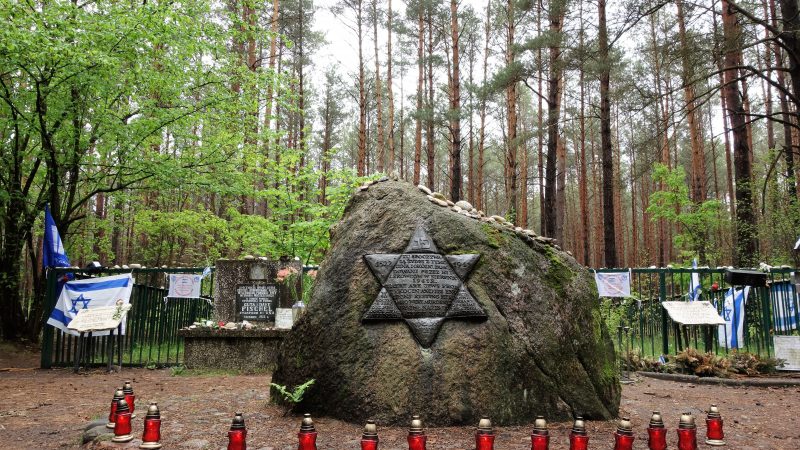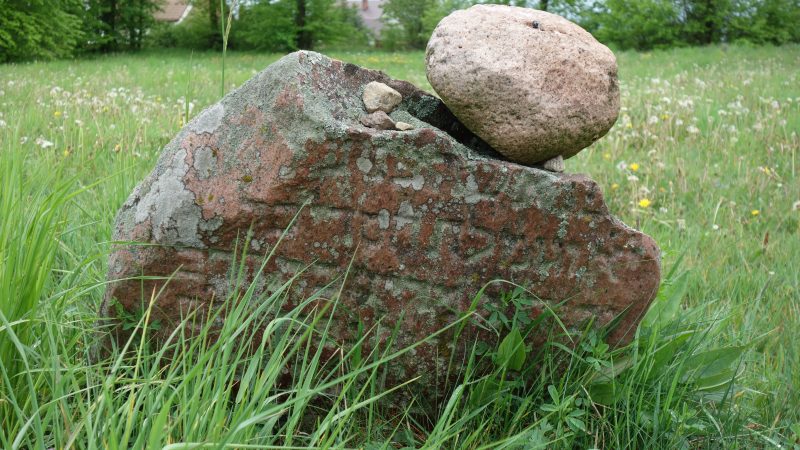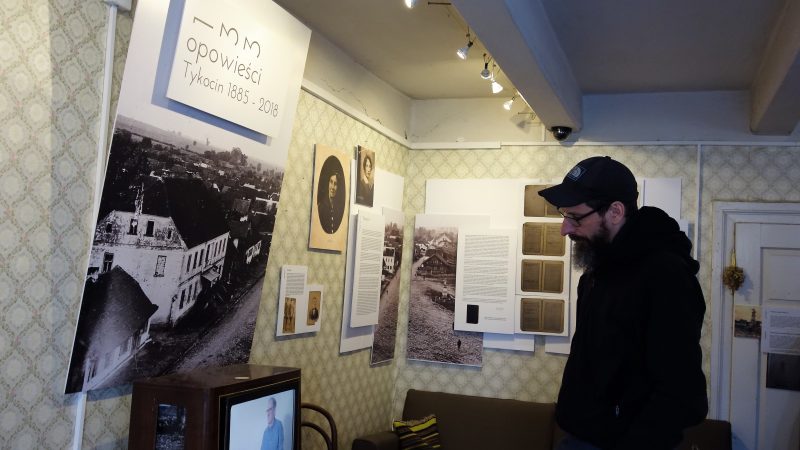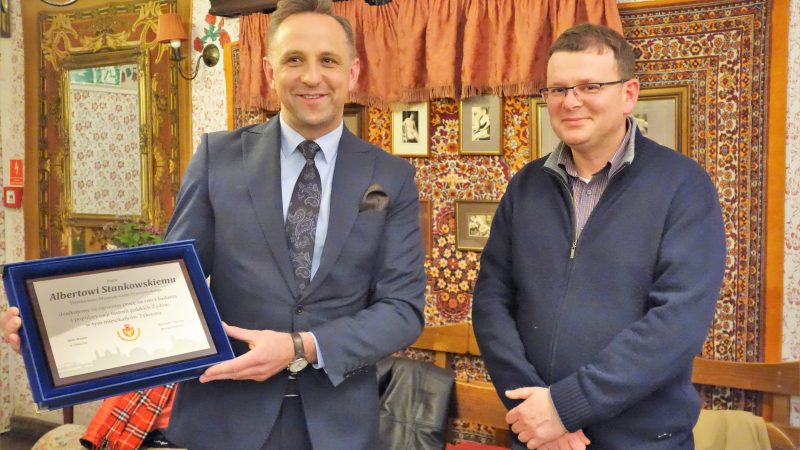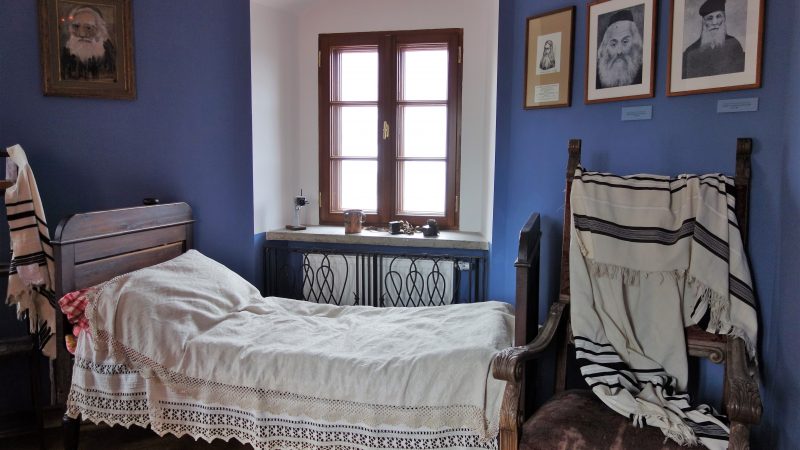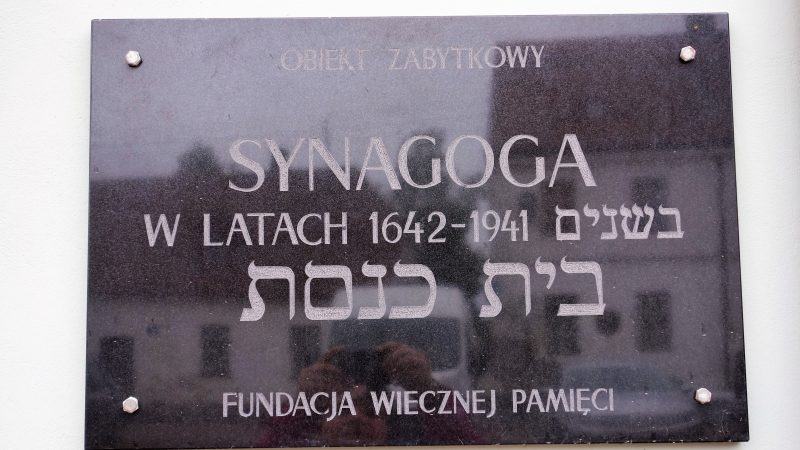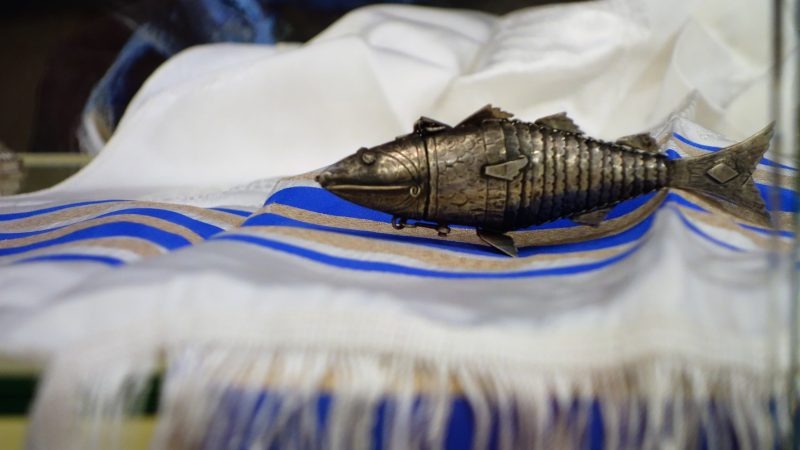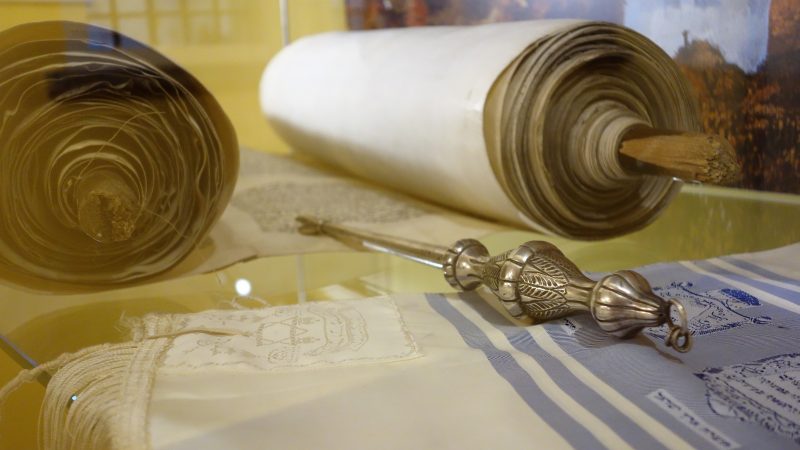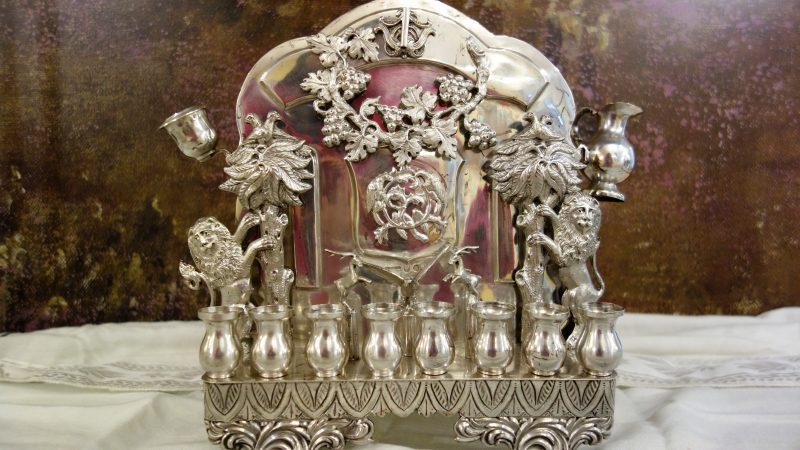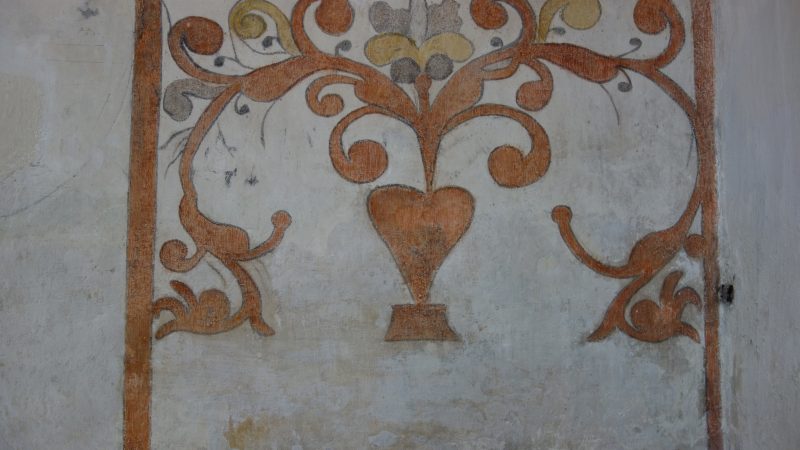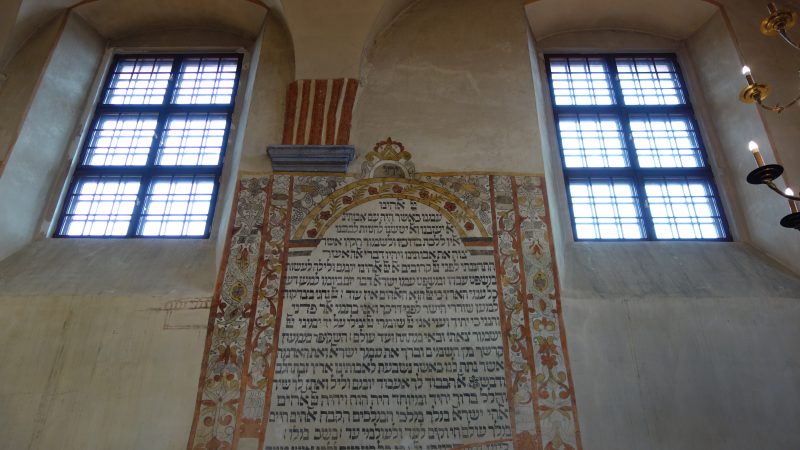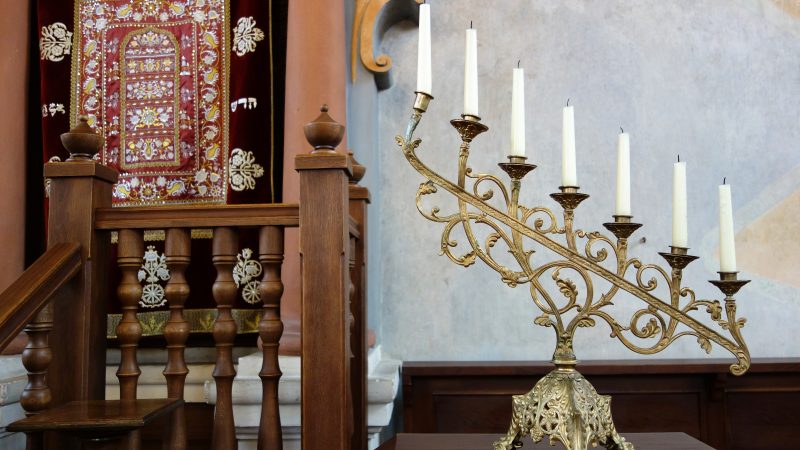Tykocin traces of a rich Jewish past
Before World War II, the almost six-hundred-year-old Tykocin was one of Podlasie’s many towns – and not only – inhabited almost in half by Jewish population. In gratitude for the idea and coordination of the Virtual Shtetl social service, dedicated to Jewish local history, Albert Stankowski, Director of the Warsaw Ghetto Museum, received from the Mayor of Tykocin, Mariusz Dudziński, a commemorative recognition plaque.
„We would like to thank Mr. Albert Stankowski, Director of the Warsaw Ghetto Museum, for his tremendous work for studying and popularizing the history of Polish Jews, including the inhabitants of Tykocin” – the giving of the honorary gift for the Director of the WGM was held in one of the most beautiful places in Podlasie. Located on the banks of the Narew River, Tykocin – Podlasie’s oldest town with its charter dating back to 1425 – boasted the „first in the Crown after Krakow’s” Jewish kehillah in which Jews had settled as of the 16th century. Owing to their thriving merchant, financial, craft, and scientific activity, the city had constantly raised its status. Rebecca bat Meir Tiktiner, a scholar and writer, daughter of Rabbi Meir Tiktiner, the author of “Meneket Rivkah”, published in Prague in 1609 and known in Western Europe, discussing the subjective role of the woman in society, was Tykocin’s famous resident. She is also the author of the song for the holiday of Simchat Torah.
In the place of a wooden synagogue, in 1642, a brick, Baroque-style synagogue was built that in the 17th and 18th centuries was the largest in the Crown after Krakow’s synagogue. Today, the Judaic Museum is located in it. Inside, you can admire, apart from the interior of the synagogue, the rabbi’s room recreated in its tower and an exhibition dedicated to the Paschal supper. The permanent exhibitions in the Talmudic House are Zygmunt Gloger’s Study, gallery of Zygmunt Bujnowski’s paintings, and an old chemist’s. The Jewish cemetery, preserved until today, was established in 1522.
Tykocin’s Jewish kehillah had been developing until June 1941, when after the outbreak of the German-Soviet war, the German troops entered the town for the second time and exterminated almost all Jews. Within two days, 25 and 26 August, around 1,400 people were murdered and buried in three ditches dug up beforehand, in the nearby Łopuchowo forest. Only a dozen or so people survived. The place of torment is beautifully commemorated and is located on the route of the March of the Living.
At plac Czarnieckiego 10, in the preserved historic house of the painter Maksymilian Kizling, you can see the „133 stories. Tykocin in the years 1885 – 2018” exhibition, composed of photographs and everyday objects. You can also listen to fragments of a recorded interview with Abraham Turek, a doctor from Tykocin who was saved from the Holocaust. The exhibition was prepared by the town’s inhabitants and the descendants of Tykocin’s Jews living today in Israel, Australia, USA, and Turkey.
Anna Kilian


